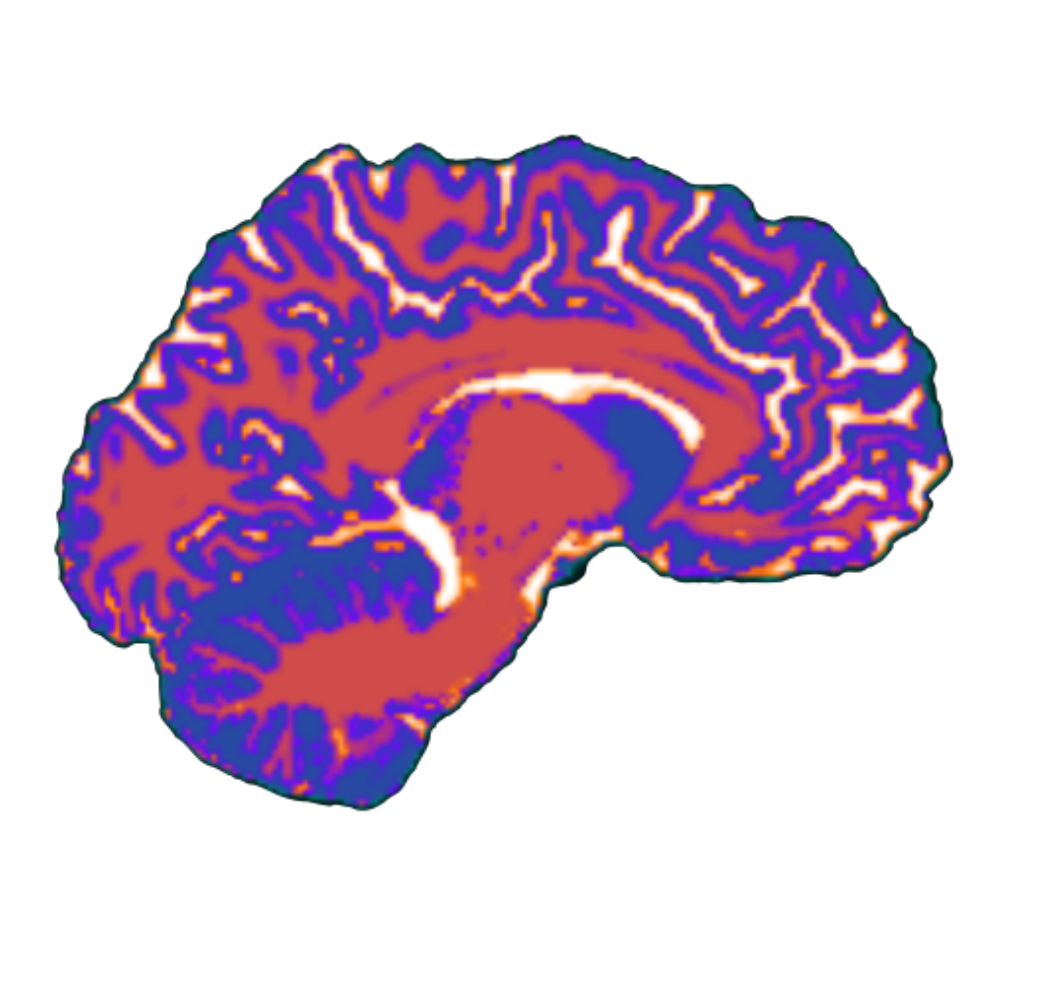Growth curves - subcortex
Much of the points below came from a paper by Alex et al. (2023)
- Early childhood (birth to 6 years) represents a dynamic and critical period in human brain development.
- Cellular level: glial proliferation and migration; Dendritic arborization; Synapotegenesis; Myelination; Programmed cell death and synaptic and axonal elimination
- Cognitive and behavioral level, several abilities, including language; social skills; emotional regulation; executive function emerge and elaborate.
- Sensory and motor skills also develop rapidly. Between the cellular and cognitive/behavioral levels life macroscale brain properties that are best characterized by imaging-based phenotypes (e.g., global, regional, and subcortical volumes, cortical thickness, white matter diffusivity, functional connectivity etc).
- Our understanding of early development of these brain-related phenotypes has increased substantially in the past 20 years, driven by an expanding number of cross-sectional and longitudinal neuroimaging studies (MRI in particular). However, many knowledge gaps remain:
- Very few large-scale studies have mapped the development of brain-related phenotypes from birth to 6 years of age in diverse global populations with dense data
- There is limited information on how sociodemographic factors and adverse birth outcomes shape neurodevelopmental trajectories
- The neural correlates of variations in cognitive development are not fully understood
- Marek et al. (2023) study highlights how brain-wide association studies require thousands of participants to accurately identify brain-phenotype associations.
- Collaborative research overcomes these challenges by offering adequately powered study designs and recognizing differences across cultures and measurement methods.
- studies associating adverse birth outcome and sociodemographic factors with brain structure mainly focused on brain outcomes characterized in late childhood, adolescence and adulthood. However, early childhood, when the brain is most malleable to environmental effects has not been studied as thoroughly due to practical and technical challenges of conducting imaging studies in this age range.
